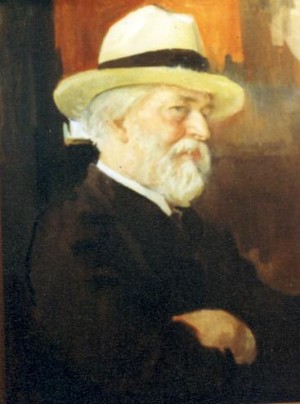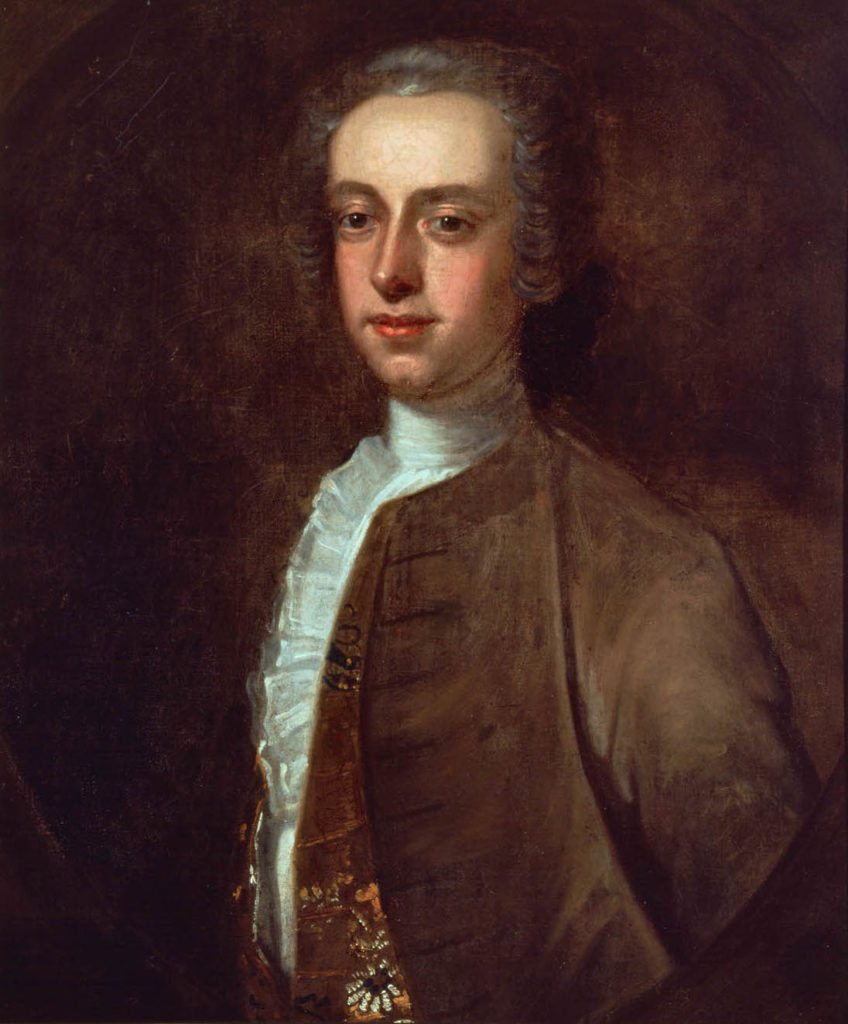The Farmington Canal

In 1822 the Farmington Canal Company was chartered to build the waterway from New Haven to Northampton, Massachusetts. Construction on the canal, which was inspired by the Erie Canal, began in 1825. By 1828 the first boat was launched, and by the 1830s it was the state’s “superhighway” for trade between New Haven and central Connecticut. The canal continued to operate until 1848, when a railroad line was completed to Plainville. One contribution of the canal was the increased industrial development of Unionville, a borough of Farmington.
By 1850, using a system of feeder dams and canals, twelve shops and factories operated water-driven machinery. In the following years wooden screws, clocks, cutlery, and nuts and bolts were made in Unionville factories. Platner & Porter’s paper mill and the Upson Nut Co. were the largest industrial plants by the Civil War era.
The extension of the trolley line to Unionville in 1894 changed the town to a growing suburb. An influx of immigrants, Irish and English to work in the mills and later Italians, Slovaks, and others, increased the town’s population. Unionville continued its growth as the industrial borough, producing high-quality paper, cutlery and felt. The disastrous flood of August 1955 destroyed much of Unionville’s center and downstream neighborhoods. In the late 1960’s a reconstruction project changed the bustling character of the mill village to one of a residential community.
In the 1970s, the building of Interstate-84, bordering Farmington on the east, attracted a number of major industrial companies, bringing jobs, a favorable tax base and good town services, making Farmington, with a present population about 25,000, a desirable and attractive place to live.
Parts of the canal, its towpath and boat basin, as well as stone supports for an aqueduct across the Farmington River, can still be seen in town.



